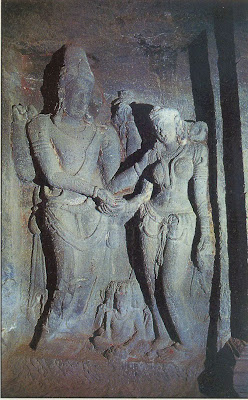Abbe, Ernst born Jan. 23, 1840, Eisenach, Grand Duchy of Saxe-Weimar-Eisenach died Jan. 14, 1905, Jena, Ger. physicist whose theoretical and technical innovations in optical theory led to great improvements in microscope design (such as the use of a condenser to provide strong, even illumination, introduced in 1870) and clearer understanding of magnification limits. He discovered the optical formula now called the Abbe sine condition, one of the requirements that a lens must satisfy if it is to form a sharp image, free from the blurring or distortion caused by coma and spherical aberration. In 1863 he joined the University of Jena, rising to professor of physics and mathematics (1870) and director of the astronomical and meteorological observatories (1878). In 1866 he became research director of the Zeiss optical works. Two years later Abbe invented the apochromatic lens system for microscopes, which eliminates both the primary and secondary colour distortion of light. In 1891 Abbe set


